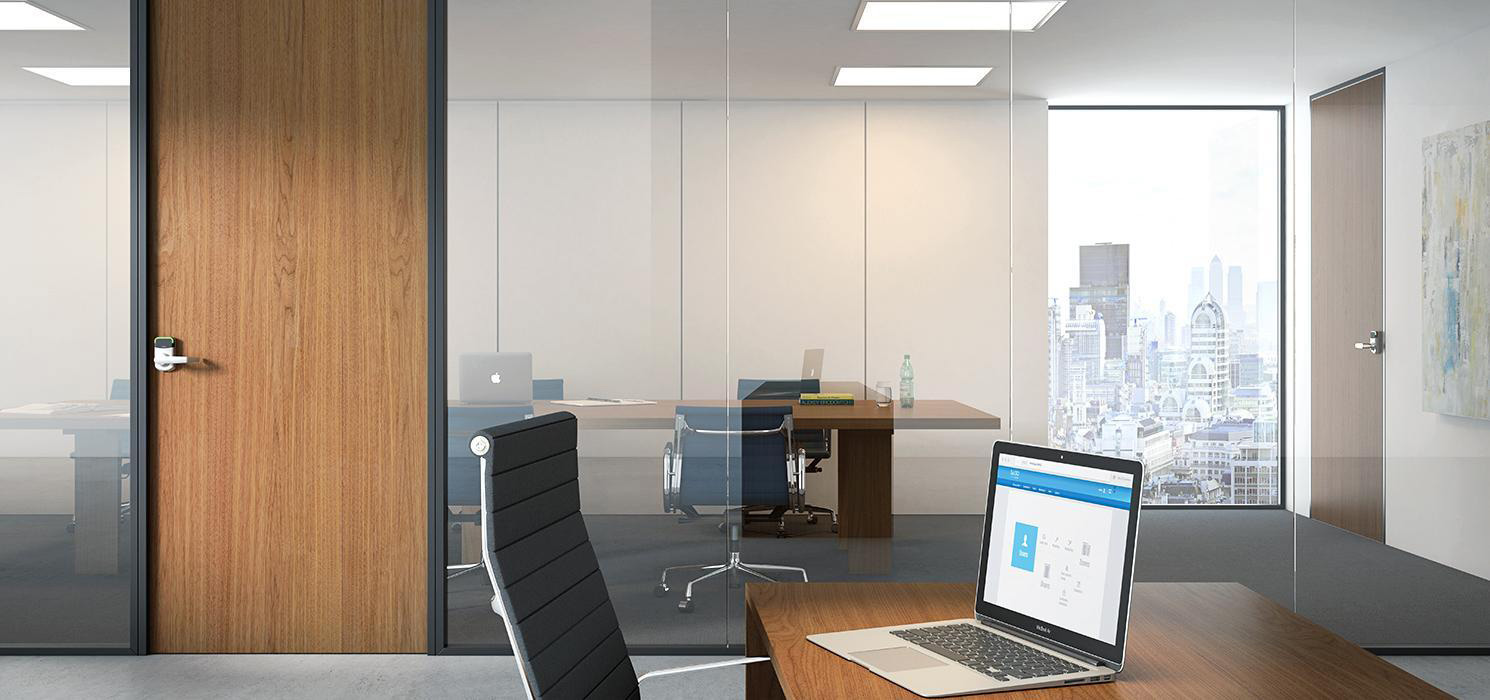
In a new video collaboration by SALTO and Group337 we dive deeper into what we believe “The Next Generation of Smart Locks” will be. The purpose of this collaboration is to spark a conversation—a change. We are hoping to help start a new language for the industry, and if we agree that the smart lock industry has entered into its next generation, we should agree we need to look, say, and act next generation.
In part 1, we are diving into the difference between smart, connected, motorized, and mechanical and what the next generation of smart locks will need to stay relevant.
In part 2, we will tackle the value beyond locking and unlocking. And in the finale, part 3, we reimagine door openings and our relationship with entering and exiting.
We plan to cover the different verticals such as single-family, multifamily, and commercial locks. We will speak to all of them generically and high level enough that what we discuss applies to all use cases. There are fundamental functionality and value creation that work across all verticals in the Next Generation of smart locks, and we want to cover them here.
Of course, this is just the beginning, and we can’t cover it all in such a short amount of time, but we will do our best.
All right, let’s get into it part one.
It is important to note a clear difference between smart, connected, motorized, and mechanical locks. Unfortunately, we sometimes mix them all and conflate their abilities.
If we are honest, most of the electronic locks on the market today are not smart. What they are, is connected. We went from mechanical to motorized, motorized to connected, and we still haven’t gotten to what we all want, which is smart.
But we are getting there. One of the most significant barriers to our industry boarding a rocket ship and seeing that hockey stick growth and adoption we all expected to see by today is that we have not innovated the smart lock (enough). We have only iterated the mechanical lock. Motorized and connected were feature iterations off of mechanical. So think about it, we as an industry said, “what if the door opened itself? Well, if it’s locked, that won’t work, so let’s automate the unlock function.” So we went and took the same mechanical lock that we had before, updated it a bit, and integrated a motor into it.
Is it an advancement? Yes, no doubt. But it was not very smart.
Then the market and ecosystem said, “We’d like to take your motorized lock and have our system lock and unlock it. We want to control it.” We also said, “wouldn’t it be cool if we could lock and unlock via our phone or watch?” 100%.
And we were happy to do it, so we took the same motorized lock and added some radios and gave the ability for it to connect to other systems… introducing the connected lock.
Some marketing departments and analysts got excited and dubbed it “smart locks,” but unfortunately, once the cool factor wore off and the inability to drive a consistent experience became a reality, what we ultimately had was a connected lock that, frankly, wasn’t so smart.
But that is ok because, like many things, the market is shifting. New technology is being introduced.
As a result, new players are interested in the market, and end-user demand has increased, resulting in a renewed interest in smart locks.
So what does the next generation of smart locks look like?
- It is a reimagined platform—all of it, including the hardware.
- It is not a feature of a mechanical lock like a brass finish. It is its entity.
- Some use cases and end game functionality are unknown, which is ok because it is part of an ecosystem. It is an ingredient to a much larger solution.
- It is a software product with hardware that supports the experiences desired by end-users versus administrators and installers.
- It has safety at the core and safety as table stakes. It is a given and includes cybersecurity as well as hardened physical security.
- A team supports it focused on it day in and day out, not as a side hustle.
- It is a product line understood by leadership with the same importance and expectations as its mechanical brothers and sisters.
- Business plans are not predicated solely on yesterday’s metrics.
- Distribution and hardware sales are not the only measures of success. It is time for a new spreadsheet.
- Hardware is used to grow the platform’s adoption to unlock software potential exponentially, not get in the way of said growth.
The smart lock is this and many other things. But, more or less, the smart lock of today and tomorrow is a complete re-imagination. And those with curiosity and imagination will unlock it.
Contact us if you have any questions on the SALTO product range or visit our website located here for information on all things SALTO. We look forward to helping!
Follow us on Instagram and LinkedIn for the latest product features, updates, and news from the industry.
SALTO Systems develops and manufactures advanced and reliable wireless electronic locking and access control smart solutions that provide a smoother, more comfortable, and secure daily life for the people using our systems. We bring added value to our clients, making it easier for decision-making and smarter management of facilities. Our goal is to not only be within the top three companies in our sector in the world, but to also be your number one smart electronic access control provider. As an organization, we intend to create an ecosystem of end users, clients, partners, collaborators, and suppliers with whom we build long-lasting, win-win relationships guided by closeness, flexibility, integrity, and trust.
